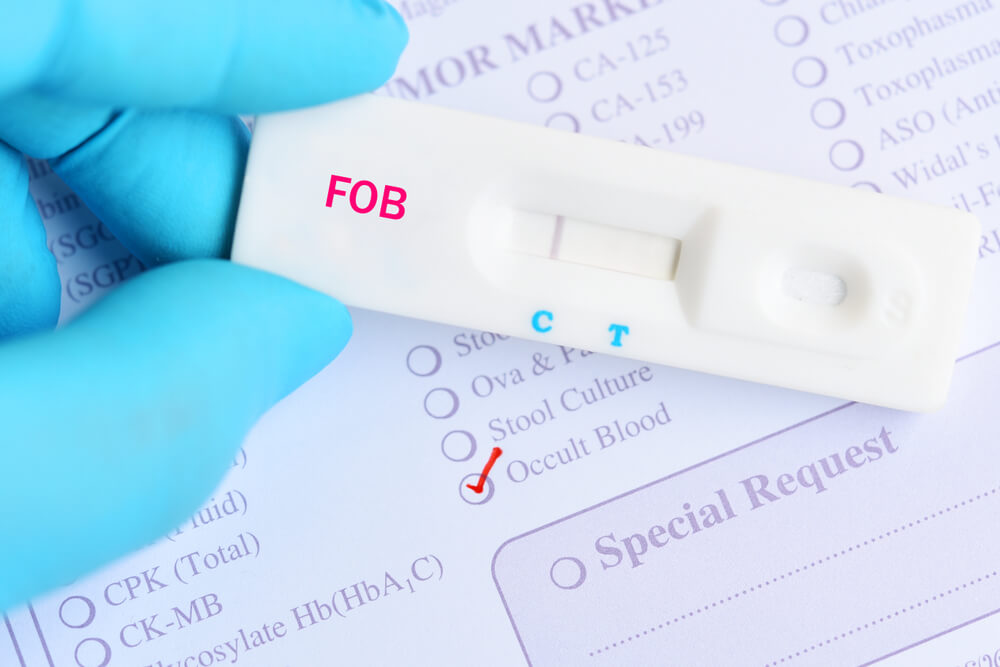A fecal occult blood tests examine the blood in the stool sample or feces. In the digestive tract, it may be a symptom of an underlying disease, such as a growth of polyp or cancer in the colon or rectum.
It’s critical for the doctor to identify the cause of bleeding to diagnose and treat the issue if the findings indicate there is blood (whether you can see it or not).
What causes blood to appear in the stool sample?
- Growth of polyps
- Hemorrhoids
- Anal fissures
- Intestinal infections that cause inflammation
- Ulcers
- Ulcerative colitis
- Crohn’s disease
- Diverticular disease
- Problems in the blood vessels of the colon
- Meckel’s diverticulum


